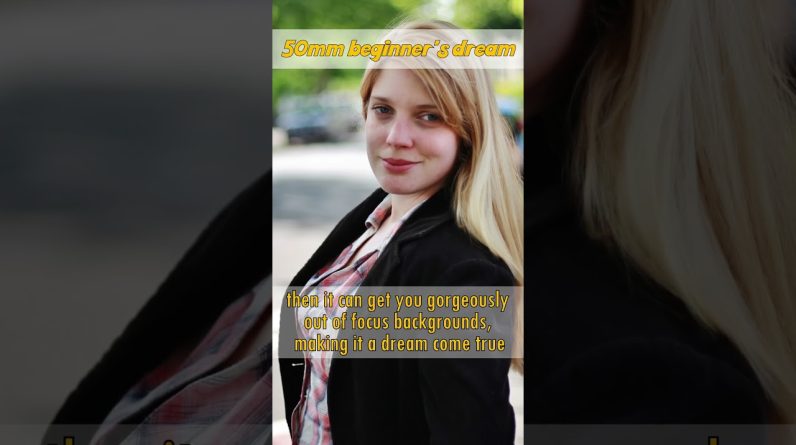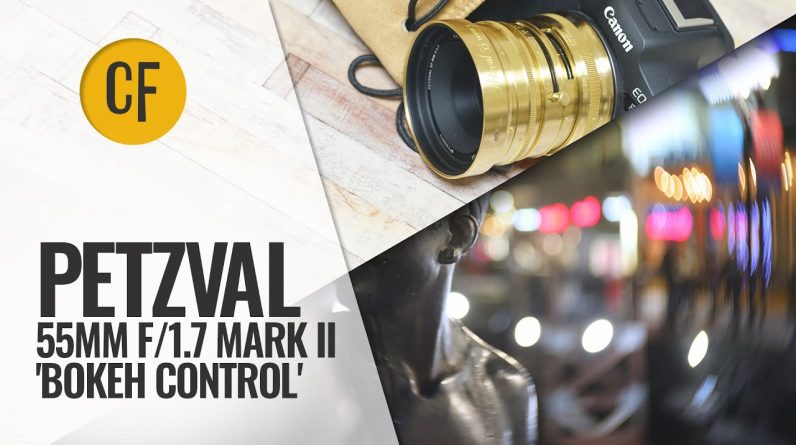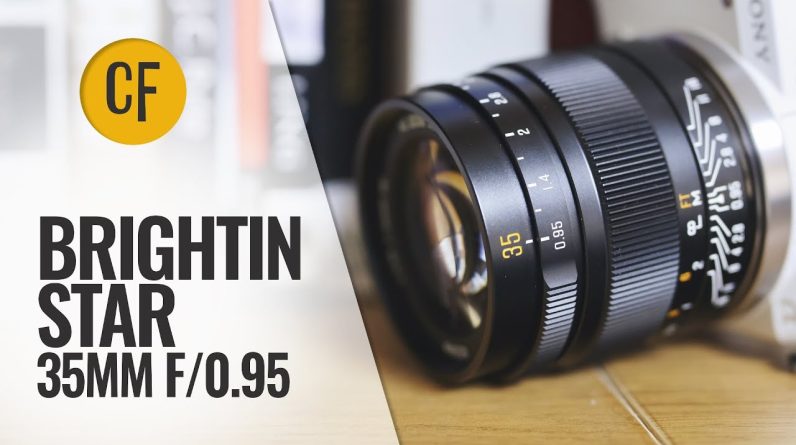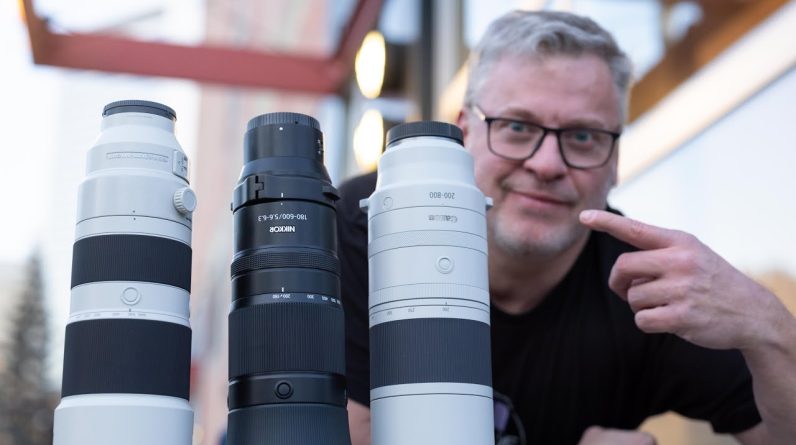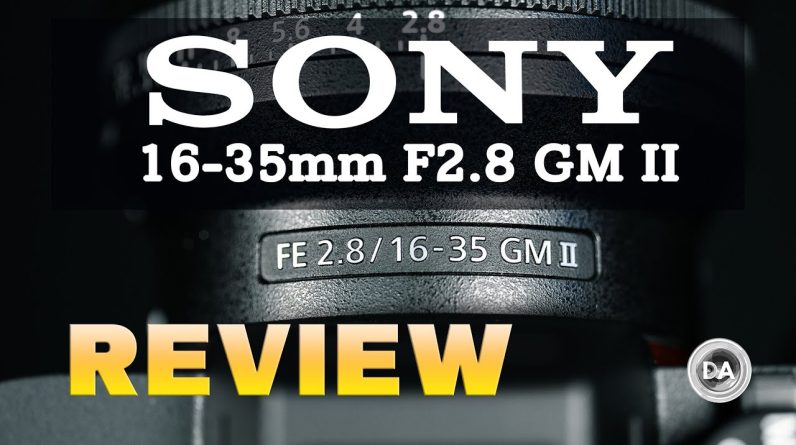Hey it's Evelyn here from the camera Store today we're going to be talking About something a little bit different We're going to be talking about black And white film and so if you're someone That's interested in film photography if You already use film or if you're film Curious we're going to talk about some New film that is just about to hit the Shelves just before Christmas we're Being introduced to kentmere's pad film And 100 and 400 speeds for 120 medium Format and this is exciting because it's Great to see that film is still being Developed of course lots of people are Getting into it and so I'm going to be Joined by two film photography experts Today we have Louis Villanueva who is From neat film lab he's going to talk About his experience using this film and Louie is also the photography technician At the University of Calgary in the Department of Art and art history and so There's a lot of expertise that he's Going to bring to this subject we also Have Christopher Donovan from the camera Store he's a photographer he doubles a Lot in film and so we're going to hear Both of their perspectives they both had A chance to work with this film develop It and look at some digital scans as Well as some prints of their work and so We're going to talk about how this film Stacks up and some tips on how to work
With it [Music] Let's talk a little bit about just the Magic of working with film and what it's Been like for you and your life and and How film is actually integrated into Your lifestyle yeah so other than being A part of my income with the lab it's a Big part of my artistic practice and a Way to separate the commercial work like The wedding photography I do and the Artistic stuff I do with exhibition work And making books and sharing work with Friends most of that including Documenting my life day to day is done On film one of the many reasons is just To have the separation between work and Play to make my day-to-day life not feel Like work just to use the different Medium in that sense And then on top of that it's it's just Fun using the old cameras treating it Like a craft just like building a Birdhouse or the tangible physical Playing a record or driving stick Although I can't do that it's much along The same lines in terms of getting Something out of life and using your Hands which camera did you decide to Work with when I gave you the rules of The New Kent mirror 100 pan film yeah so Most of my data day-to-day film Shootings either on a film point and Shoot or a large format camera but I
Haven't had the in between medium format System in that realm for a while okay so I borrowed a Mamiya 6 the MF version the Modern 90s early 2000s camera from my Friend Danny and I had a lot of fun Shooting some squares so let's talk About why that format is so different in Terms of what your field of view look Looks like and when you're looking at The world through a black and white Square what is that like for you yeah I Mean Compositionally a square is just So different Compared to what we're used to either Composing vertically or horizontally you Don't have to move the camera this way Symmetry I feel like plays a larger part In terms of how things are arranged in The in the composition But it it also It's more difficult in that sense Because you're you're trying to get away From trying to be symmetrical all the Time when you're presented with a square It kind of forces you to be more Symmetrically minded Um and that results in some sort of Repetitive work sometimes so I feel like That Tug of war between you and the square is Is just a fun process so walk us through A little bit about your process from the Time that you photograph with the film
To when you developed it how did you Develop this film in your dark room yeah So the first thousand plus roles I Developed both for myself and other People was all hand processed and Patterson tanks got a little bit tired Of that especially with the larger Volume so I did get a Jobo sort of a Semi-automated machine uh so I can kind Of read in between batches and With that I developed these two roles at The same time in d76 stock if anyone's Interested and I found it a pretty like Punchy normal contrast film uh sort of At average grain And a nice tonal range it was easy to Scan it laid flat in terms of actually Shooting the photographs I just kept the Camera on me whenever I went outside the House I didn't always take pictures but Whenever I came across the scene with Interesting light or patterns in this Case I just Raise the camera up to my eye and took a Couple shots yeah now this is 100 speed Film and so what are some of the Scenarios that you would choose this Black and white film over maybe the Higher speed 400. yeah so uh with the Smaller silver grains you get a tighter Sharper picture with the 100 compared to The 400 so I found looking at details And wanting to accentuate texture I
Wanted to take advantage of the 100 Speed film in that case I normally bring the tripod around with A large format stuff but I didn't in This case so luckily I with the mimeo 6 That has a leaf shutter so I could hand Hold relatively slow down to about 15th Of a second or supporting myself a Little bit slower than that so I found The 100 wasn't necessarily A limitation Maybe if you scanned it a even higher Resolution or printed very large you Notice that camera Shake but I dealt With the hundred and reaped the benefits Of the higher resolution anyways Louie And I were just talking a little bit About film speed and so I added our Other film photography expert and Photographer Christopher Donovan from The camera store Um a couple of rolls of the 400 speed Because I know that Christopher likes to Shoot a little bit more kind of like low Like a little bit more grainy stuff and So I thought it would be a good fit for You Um so can you tell us a little bit about The type of film photography that you Normally do on a daily basis Yeah um so I shoot a lot of film and Um I've always kind of primarily bounced Between 35 mil and large formats and Medium format has always been like A little bit of an in between it's
Sometimes it's you know maybe not Portable enough or maybe I'm not sure You know it's just sometimes it can't Always be the right film Um but to have an excuse to shoot medium Format is really nice because you can go Out with a roll as opposed to just a Couple of sheets or a whole 36 shots you Only have to shoot you know between 12 To 16 images to get your role done and Then getting uh going home and getting That developed really quickly is is a Nicer experience I think for me medium Format um is provides like a lot more Resolution Um you can get a lot more detail in your Images if you're into things like Portraits then you can really exaggerate Your depth of field so it does have a Bit more of a creative control in a lot Of ways Um so that's always like an that's a Nice like interesting point about medium Format Um shooting something like 400 speed I usually shoot for things like contrast Um like I always look for kind of you Know lines and blacks on whites and like Really trying to get that kind of dark Graphic look so 400 speed was kind of Perfect for me and also you know I want To shoot at night I want to deal with as Little reciprocity failure as possible I Don't want to have to be running you
Know 15 to 30 second shutter speeds I Want to keep that a little bit faster so Definitely 400 speed it is is normally My choice also if you want to push or Pull film 400 is generally going to do a Little bit of a better job than a 100 Speed this is going to be more flexible For you in terms of your actual end Product absolutely yeah now let's talk a Little bit about why film for you why do You like shooting film what is it about It Um my my first experience to shooting Film were were disposable cameras and as A kid like my parents were pretty avid Photographers and I think the easiest Way to get me to to stop annoying them Was to just give me a camera So I ended up with a lot of disposables So film kind of from that point on has Always been my favorite method of Shooting and especially going into My late teens like early 20s I was Really you know really into photography But doing things like uh buying you know High-end digital we're just not Something that I was in the in the cards For me and and at the time film cameras Were fairly inexpensive and pretty cheap And so was film Um so I kind of jumped into it with both Feet and you know like shot a lot of Rolls of like pretty mediocre color film And I've never really been able to put
It down uh so you know I graduated from You know the holga to slrs to Rangefinders to medium format cameras to Large format cameras and I've kind of Explored the whole world of film Um and yeah it's always been kind of my Favorite way to shoot Um A lot of times when we talk about Mediums things like digital photography Don't necessarily provide much what you See is what you get you know you you Shoot and you're shooting for accuracy You're shooting for color you're Shooting for sharpness and kind of Always trying to push those Those high points Whereas film I can shoot for things like Graininess or for blur like I like to do Long exposures of things that are Actually moving you know maybe subtly But I like things that are a little Blurry and a little soft and films Always provided a bit more for me to Work with as an artist than digital ever Has uh not to say that I don't shoot Digital cameras like they're still great Tools Um but film it really just kind of Exists by itself it can't be compared to Digital photography and digital Photography can't be compared to film When you actually shot with the Kent Mirror film and then you brought it home
You developed it in your bathroom and so A lot of people that are getting started With black and white photography for Film photography Um you know can you talk a little bit About how easy it is or what the process Is for you in order to do that from home Absolutely yeah I um initially learned To develop film and a film photography Class when I was in college And then A few years after that I had to you know Kind of get a refresher actually ended Up getting my mom to teach me how to Develop film which was interesting and Uh I don't have a dark room I just use a Bathroom I don't do any sort of wet Printing anymore but I do do all my film Development As long as you can pour liquid from one Vessel to another you can develop film Other than that it's just paying Attention to times and it really is it Really is worth it even if you break it Down to financial terms you know you can Save a lot of money if you are Developing especially your own black and White the chemicals are pretty Inexpensive and it doesn't take too much Skill to do it Um so yeah you just need a space Um some water and some and a few Supplies and you can really take over That whole part of your process
Um for me being able to choose a Different developer Um or to develop for different times Um or to you know if i underexpose a Role and realize that at the end I can Go oh and instead of being like well Those are shots ruined I'm like okay Well you know I'm gonna go home and I'm Going to correct that in development so It really once again increases your Ability to the flexibility of what film Can do and how did you find the kentmir Pan 400 film in terms of its use of use Was it easy to work with did you have Any issues at all yeah so I shot two Different roles Um I shot one roll daytime Inglewood Um just as you know kind of our first Foray and then I did that and I dubbed That in some ilfacel 3 which is a really Standard uh consumer grade developer Um you can buy it by the bottle you can Mix it straight out of the bottle you Can buy it in small sachets and just mix It up on the spot I use it as developer and you can Develop role film I think about six Minutes is the development time on Kent Mirror the second role I ended up deving In my usual method which is with Blazinol or rodnal in semi-stand uh Which I you do once again for contrast Um it is also helpful if you've pushed Or pulled your film it's a bit more
Forgiving as a development and and I Really like the results it's it's pretty High grain but If you didn't want green you probably Wouldn't shoot film I think the 100 speed so why would you Want to choose 400 speed Um once again uh really like for me 400 Speed film is a much more versatile Choice Um I don't have to worry so much about My lighting conditions like I can Compensate by quite a bit more either Way in terms of how much light we're Getting in I can bring down if there's Too much and I can open up my aperture And do a longer shutter speed if there Is if there isn't enough lights I shoot A lot on a tripod and I shoot a lot of Long exposures I was able to do a 10 Second exposures whereas with some films That would have been a 17 second Exposure can you talk a little bit about How you scan your film and and what that Process is like Um So currently I just scan using a Flatbed flatbeds are easy they can be Pretty inexpensive and you can get Really good results out of them with a Little bit of practice most most Flatbeds will include things like dust Removal software and the ability to scan At different resolutions so I ended up Scanning it 600 1600 DPI for this for
This film which is pretty good for media Format you can pull a lot of detail out Of there but you can bump that up you Could scan it 3200 if you wanted to do Some really really large really big Enlargements or some large prints so the Two of them had a chat to talk about What they thought about this film and to Show you some of their examples and We're just chatting a little bit more About the newest Kent Mirror film that's Going to be the 100 and 400 Kent mirror Pen for 120. uh Louis you shot a couple Of rolls in the Mamiya 6 shooting some Squares yeah Um what uh do you like about shooting Black and white film What do I Um okay Is it everything Um so [Laughter] Film it everything that comes with film In terms of its tangibility the cameras The craft and processing the time it Takes and that sort of inherent quality Of the medium where you're treating it Not like my day job where I'm not Sitting in front of a computer Or snapping away at a wedding it's more Contemplative it's more meditative it's Just a little bit more fun yeah at least For me now um let's talk about contrast For a second
Um If you're creating an image you know you Go out you shoot a roll let's save Cancer mere 400 or 100 Um you bring that into your lab you Develop it and you scan it Um Does that go through Lightroom uh what Kind of editing are you doing on that Yeah so in terms of the way I scan For clients and myself I use a DSLR well In this case mirrorless camera Sony A1 50 megapixels really gets everything out Of at least a 35 millimeter negative and It's good enough for medium format for Sure And with that I'm putting it through Lightroom and through a piece of Software called negative lab Pro so That's more key when I'm inverting color Negative at a volume If I was more picky I'd do it more Manually but with Dozens of rolls a week I I do like the More automated process in that sense With black and white I do like to play With the tone curve a little bit but It's nice to see something more Um baked in in the into the film that I'm choosing without messing about Settings and playing on a screen because I do enough of that already how would You classify Kent mirror in one in Medium format yeah you say that's
Contrasty or has a little bit more in The mid-tones with the 120 Kent mere 100 which I shot he shot The 400. I found it pretty Punchy I Found a the black pretty rich and the The whites not necessarily blown out but Uh enough dynamic range for the cno's Deal scenes I was dealing with which Were to be honest mostly other overcast Soft light or sort of Darker night Scenes I definitely found the 400 speed to be Pretty contrasty right out of the right Out of it okay Um really like quite thick negatives and I was able to pull quite a lot of Contrast out of that like right out of The right out of the tank you know it Was it was a pretty I had some good Blacks and some really bright whites and I really liked that Um I did find the detail and texture Attention was also pretty solid Throughout so it was cool to see a film That retained both detail and contrast Uh did you find it was a similar thing a Similar experience with the 100 Yeah yeah Um I normally put through things put Things through X tall Kodak X tall this Time d76 just to make it Um A good sort of starting point a lot of
People use d76 a lot of schools use d76 And with that in the stock solution I actually found a grainier than I was Expecting uh would you like to see this In a larger format such as four by five Yeah that would that would totally make Sense Um in terms of affordability especially With schools teaching large format or People just wanting to try it Um Film and inflation isn't getting any Cheaper so it's nice to have a more Affordable option in the larger formats And maybe even for people shooting Motion picture like 16 or eight Millimeter The more the merrier Thanks so much for joining us today for This episode on film photography we hope That you enjoyed this look from our Experts big thanks to Christopher and Louie for sharing their expertise and Testing out this new film I think that They had a lot of really great points of Course we want to know what do you guys Think is this something that you're Interested in do you shoot film what are Your experiences are you excited about This new ketmir film let us know in the Comments below be sure to follow us as Well as our guests on Instagram and if You're new to the Channel Please Subscribe and hit that notification Bell
So we can catch you again very soon Foreign

